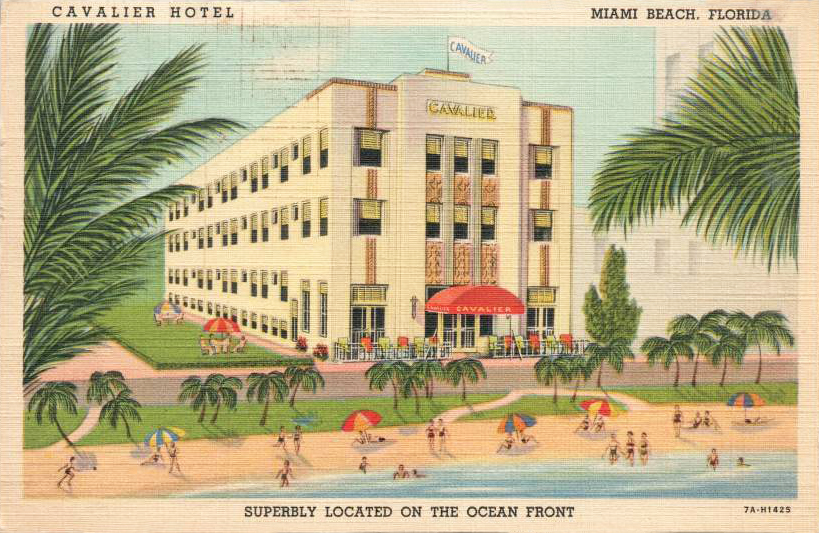
Art Deco Movement and The Cavalier Hotel
The Cavalier Hotel stands as a remarkable example of art deco architecture. Originally constructed in 1936, this boutique hotel has undergone a complete renovation. Currently offering 46 rooms that exude a strong artistic sense and a focus on exquisite design. Situated on Ocean Drive, a historically fashionable street in South Beach that pulsates with the city’s vibrant culture, the Cavalier hotel seamlessly blends interesting architectural elements, artistic furnishings, and thoughtfully curated decor to create its distinctive character.
Dating back to the 1920s, this movement flourished during the height of the Great Depression as Americans sought an architectural style capable of uplifting the nation’s spirits. This era birthed the awe-inspiring art deco movement, characterized by its emphasis on basic geometric shapes such as cubes, spheres, and straight lines, and renowned for its lavish ornamentation that surpassed mere functionality. The enchanting art deco style of Miami embraces iconic features such as terrazzo floors, molded ceilings, tropical and pastel colors, clean lines, intricate relief molding, and, above all, the captivating glow of neon lighting.
Locals consider Miami’s Art Deco district to be the city’s crowning jewel. Nowhere else can one find such an abundance of buildings in this architectural style, all remarkably preserved despite the passage of nearly a century. This vibrant part of the city extends along a significant stretch of Ocean Drive, which serves as both a tourist hub and one of the liveliest areas in Miami.
Miami Design Preservation League.
The Art Deco Historic District in Miami Beach, the first 20th-century neighborhood to be acknowledged by the National Register of Historic Places, encompasses over 800 buildings and structures erected between 1923 and 1943. When decades of neglect jeopardized the future of Miami’s art deco legacy, a dedicated preservationist named Barbara Baer Capitman established the Miami Design Preservation League. This nonprofit organization is committed to safeguarding, conserving, and celebrating the appearance and integrity of the Miami Beach Architectural Historic District. Through Capitman’s unwavering efforts, art deco in Miami gained national recognition. Additionally this motivated designers and developers to showcase the area’s art deco elements and restore its boutique hotels. One of these restored hotels is the Cavalier South Beach Hotel, adorned in their original pastel hues.
The Art Deco Historic District stretches across Miami Beach between 5th Street and 23rd Street, encompassing Ocean Drive, Collins Avenue, and Washington Avenue. Beginning at the intersection of 5th Street and Ocean Drive and heading north, one cannot help but notice the charming buildings characterized by porthole windows, gracefully curved metal railings, and flags reminiscent of the ocean liners that once docked at the Port of Miami in the 1930s. Some of these art deco hotels are a true art deco gem that once served as a favored gathering spot for Hollywood luminaries like Clark Gable, Carole Lombard, and Rita Hayworth.
Have a memorable visit by staying at the Cavalier’s South Beach Art Deco hotel that is located on Ocean Drive in front of the beach.For reservations call (305) 673 1199

